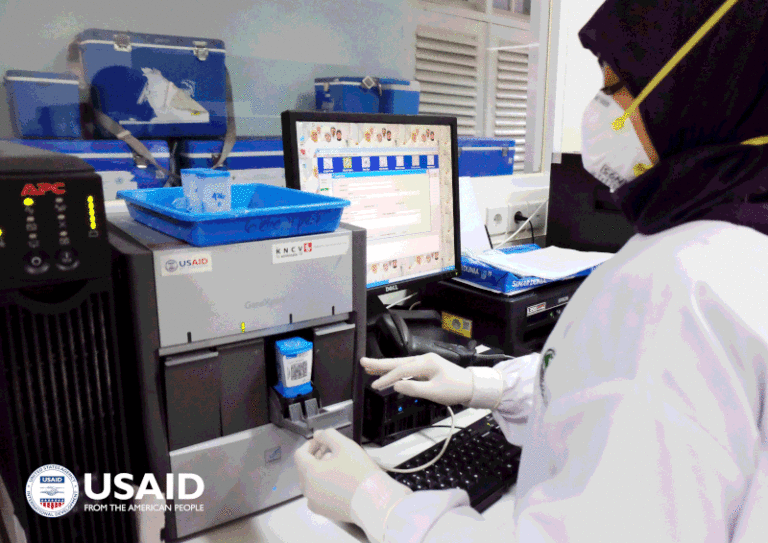7 Features of Smart Grid Explained
Features of smart grid are; bi-directional communication, automated management, data analytics and monitoring, advanced energy metering, system integration, consumer incentive, and software algorithms.
This article discusses the features of smart grid systems, as follows;
1). Bi-directional Communication (as one of the Features of Smart Grid Systems)
Bi-directional or ‘two-way’ communication is a common feature of smart grid systems.
It is what differentiates smart grid from traditional grid systems, which use one-way communication networks for electricity data management [2].
Bi-directional communication is based on digital data management technology, and can be used for real-time data transfer on energy consumption and cost.
The bi-directional model comprises of top-down and bottom-up components, which work together simultaneously to establish communication links between smart meters and other devices in a smart grid network.
As a result of such communication and data handling systems, the efficiency of smart grid systems is generally high, and the costs of operation and energy consumption are low compared to traditional grid systems.
2). Automated Management
Automated management is an essential part of every smart grid.
It is one of the features of smart grid systems that make them ‘smart’, and differentiate them from traditional power management facilities.
The role of automated management is to enable the smart grid system to handle several of its tasks without any human interference.
Such tasks may include outage detection and rapid power restoration, fault diagnosis, data analytics, measurement, recording, switching, and enhanced control of power consumption.
Automated management in smart grid systems is designed using IoT, big data and artificial intelligence technologies.
This feature helps improve the quality of operation, efficiency of smart grid networks, personnel safety, and helps optimize the cost of power management by reducing complexity. It is maintained mainly by software engineers.
3). Data Analytics and Monitoring (as one of the Features of Smart Grid Systems)
Data analytics and monitoring are distinct but co-dependent features of smart grid systems.
The word ‘co-dependent’ here refers to the fact that these features work simultaneously and collaboratively to perform their respective functions in smart grids.
Smart grid data analytics is a functionality that has to do with the use of algorithms to analyze data through predictive, prescriptive, computational, decisive, and optimization techniques.
Smart grid monitoring is a data-handling functionality that uses two-way communication to transfer the results of data collection and analysis from the system sensors to the communication network.
It is important to note that the data analytics and monitoring hybrid feature, also works together with automation feature in a smart grid system.
Smart grids use data analytics and monitoring to acquire useful information in real-time; while automation is required to act on such information and use it to solve problems like prevention of outage, correction of faults and reversal of system failures [6].
4). Advanced Energy Metering
Advanced energy metering (or ‘advanced metering’) is yet another example of the essential and common features of smart grid systems.
The idea behind smart metering is to improve on the traditional metering methods and facilities by employing multiple-system integration and data management in an effective manner.
With respect to multiple systems, advanced metering in smart grid systems, usually culminates in what is known as ‘Advanced Metering Infrastructure’ (AMI).
Advanced Metering Infrastructure is a network of integrated smart meters that are used to establish and maintain effective two-way communication between components of smart grids and centralized systems [1].
Using wireless data transmission, such networks transmit measurement and diagnostics data from each smart meter to the centralized station (or decentralized substation). This reduces the cost and complexities caused by on-site reading of electric meters.
Advanced metering remains an essential feature, regardless of the method being used to generate electricity. It also works together with other features that include; data analytics and monitoring, system integration, automation, and bi-directional communication.
5). System Integration (as one of the Features of Smart Grid Systems)
Integration is a feature of smart grid systems that enables them to be upgraded and built into elaborate hierarchical networks.
All smart grid infrastructure are developed through some form of system integration. The goal here is to optimize performance in terms of power storage and consumption, by creating a multi-faceted and collaborative power network [5].
Integrated smart grid systems unify multiple power plants, meters, and other electric facilities in such a manner that simplifies and yet optimizes the operation of each of the facilities involved.
The functionality of integration has helped advance renewable technologies like solar panels, solar batteries, wind turbines, wind farms, electric cars and hybrid cars; as well as storage technologies like deep cycle batteries, by providing a platform to control the dynamics of power with respect to these technologies.
It establishes flexibility and adaptability by making these different facilities to meet the conditions of each other, as well as enabling the overall integrated system to adjust to changes in power usage and supply.
Technologies that make integration possible in smart grid systems are Internet of Things (IoT), and digital communication.
As a result of integration, smart grids can be used in various settings, including domestic, industrial and commercial, among others. This is helpful toward achieving sustainable development in the power sector, and is supportive of other sustainable technologies and concepts like smart house development, sustainable farming, and circular economy.

6). Consumer Incentive
Consumer incentive refers to all attributes or features of smart grid systems that provide some form of ‘reward’ to consumers using the smart grid.
The ideology of consumer incentive here, is mainly concerned with cooperation.
Although smart grid systems are much more efficient than traditional grids, their advantages or benefits cannot be realized if there are no consumers who use the smart grid appropriately. Therefore, it can be said that the relevance of smart grid systems depends on consumer behavior and cooperation.
The most obvious incentive presented by smart grid systems to the consumer is energy conservation.
Smart grids are capable of conserving energy and boosting efficiency through demand response (DR) [3], whereby power supply and pricing are tailored to the specific demands of the consumer, without any wastage or extra charges.
In return for the benefits of smart grid systems, consumers are required to adjust their usage of power in such a manner that will ensure sustainability of the entire system.
The incentive feature is most useful in regions where adoption is either low or affected by poor usage.
7). Software Algorithms (as one of the Features of Smart Grid Systems)
As the name implies, software algorithm is a feature of smart grid systems whose effectiveness depends on the architectural setup of software elements on the grid network.
Software algorithms function as artificial intelligence units, and are most useful for energy management [4], which could be in the form of conservation, switching, and efficiency optimization, among others.
Aside direct energy management, software algorithmic feature is used for performance data analysis, cloud-based simulation, prediction and decision-making.

Conclusion
Features of smart grid are;
1. Bi-directional Communication
2. Automated Management
3. Data Analytics and Monitoring
4. Advanced Energy Metering
5. System Integration
6. Consumer Incentive
7. Software Algorithms
References
1). Ghasempour, A. (2017). “Advanced metering infrastructure in smart grid: Requirements, challenges, architectures, technologies, and optimizations.”Available at: https://www.researchgate.net/publication/324154476_Advanced_metering_infrastructure_in_smart_grid_Requirements_challenges_architectures_technologies_and_optimizations. (Accessed 8 September 2022).
2). Gyasi, P. (2019). “SMART GRIDS AND DEMAND RESPONSE: CONCEPTUAL REVIEW.” Available at: https://doi.org/10.13140/RG.2.2.32307.78880. (Accessed 7 September 2022).
3). Khajavi, P.; Abniki, H.; Arani, A. B. (2011). “The role of incentive based Demand Response programs in smart grid.”Available at: https://doi.org/10.1109/EEEIC.2011.5874702. (Accessed 8 September 2022).
4). Klaimi, J.; Rahim-Amoud, R.; Merghem-Boulahia, L.; Jrad, A. (2016). “Energy Management Algorithms in Smart Grids : State of the Art and Emerging Trends.” International Journal of Artificial Intelligence & Applications 7(4):25-45. Available at: https://doi.org/10.5121/ijaia.2016.7403. (Accessed 8 September 2022).
5). Kim, S.; Huh, J. (2018). “A Study on the Improvement of Smart Grid Security Performance and Blockchain Smart Grid Perspective.” Energies 11(8):1973. Available at: https://doi.org/10.3390/en11081973. (Accessed 8 September 2022).
6). Singh, A.; Bapat, J.; Das, D. (2014). “Health Monitoring in Smart Grid Using Big Data Perspective.” 6th IBM Collaborative Academia Research Exchange, (IBM I-CARE 2014), 9-11 October, 2014, Bangalore, India. Available at: https://doi.org/10.13140/2.1.4919.6161. (Accessed 8 September 2022).
